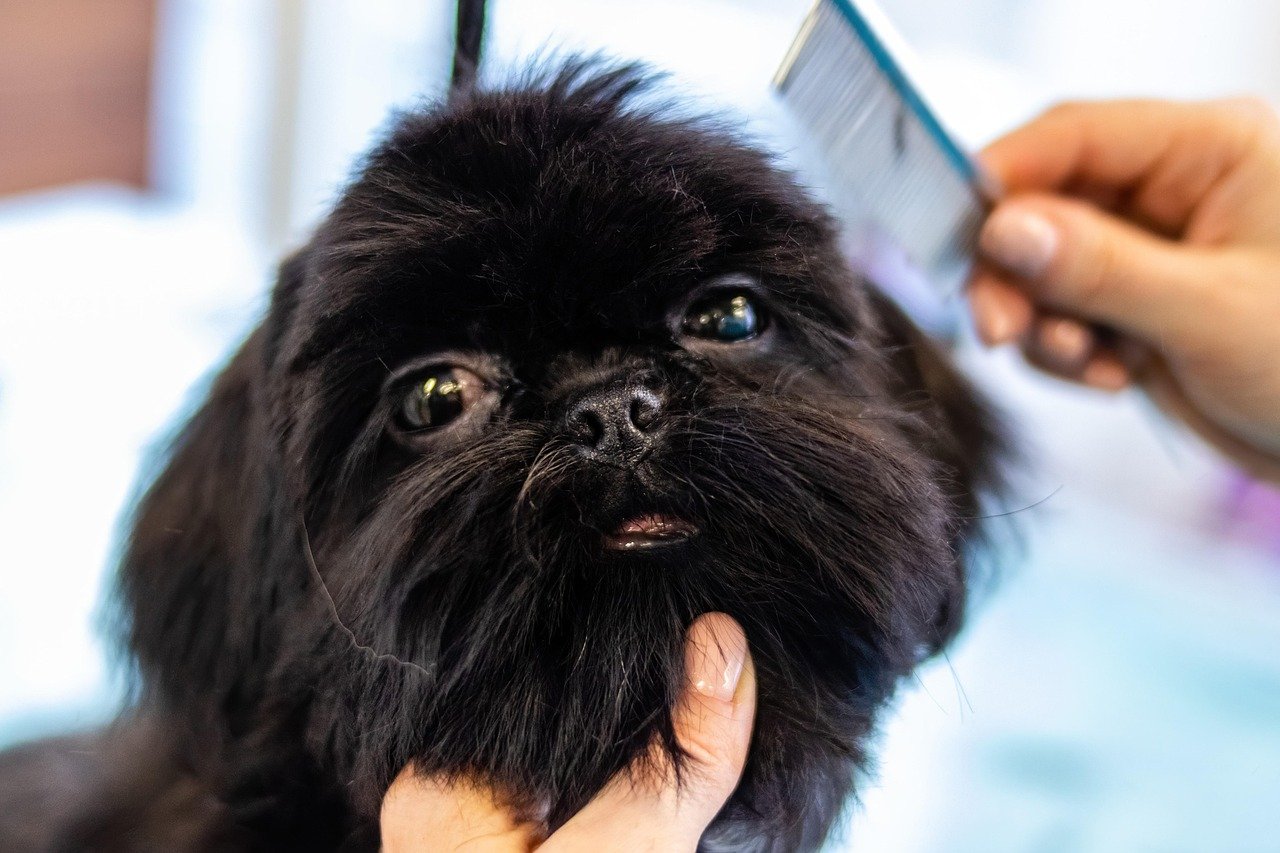Have you ever tried to brush your dog, only to be met with snarls, snaps, or even a nip? You’re not alone, and the surge of fear and frustration that floods in during those moments is real. Grooming aggression in dogs is more common than you might think, turning what should be a bonding experience into a stressful battle. But here’s the good news: with understanding, patience, and the right strategies, you can transform grooming time from a struggle into a moment of trust and calm. Let’s dive into the world of grooming aggression and discover how you can help your furry friend feel safe and secure.
Understanding Grooming Aggression: Why Does It Happen?
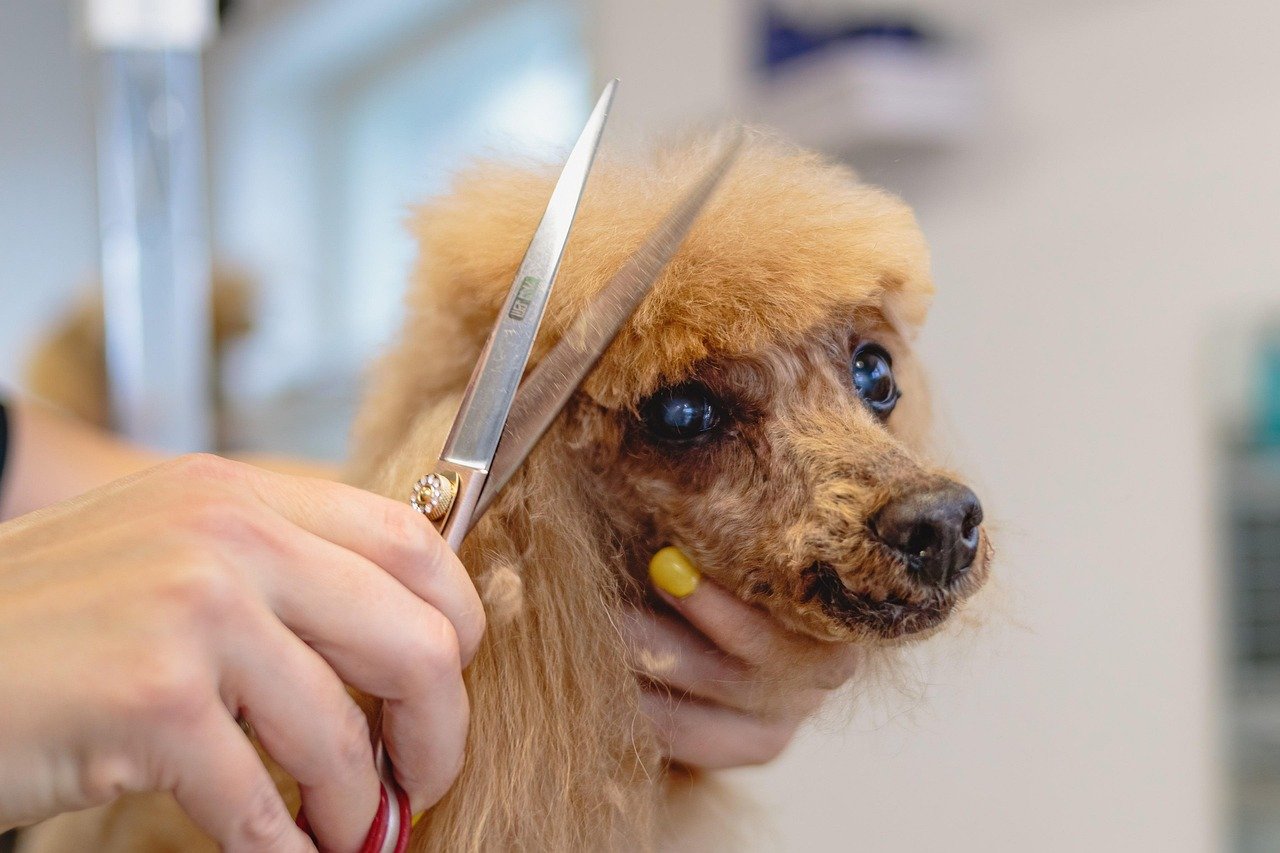
Grooming should be a calm, routine part of your dog’s care — but for some pups, it quickly turns into a stressful and even aggressive experience. Whether it’s nail trims, brushing, or trips to the groomer, certain dogs react with fear-based behaviors that can include growling, snapping, or outright refusal. Grooming aggression can be frustrating, but it’s often rooted in anxiety, past trauma, or a lack of desensitization. The good news? With patience, the right techniques, and a focus on positive associations, you can help your dog feel safer and more cooperative during grooming sessions.
Grooming aggression doesn’t just appear out of nowhere. Dogs often react aggressively during grooming because they feel scared, threatened, or uncomfortable. Sometimes, a negative experience in the past—like a painful snag of fur or a loud dryer—can stick with them. Other times, dogs simply don’t like being handled in certain ways or places. For some, sensitive skin or an undiagnosed medical issue can make grooming downright painful. Recognizing these root causes is the first step to solving the problem. When you see your dog’s aggression as a cry for help rather than disobedience, your approach naturally becomes more compassionate and effective.
Spotting the Warning Signs Before Aggression Escalates
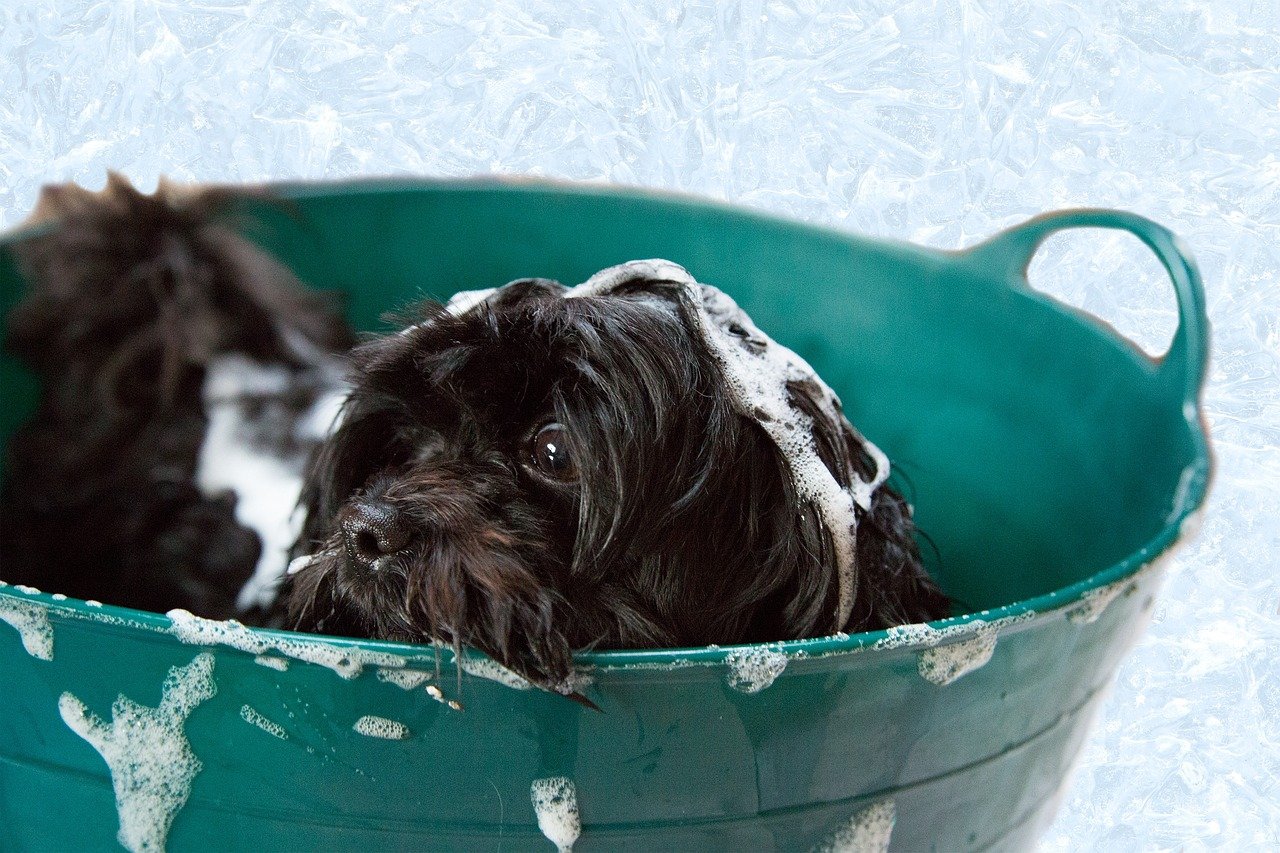
Most dogs don’t leap straight to biting. They send out warning signals first, though these can be easy to miss if you’re not looking closely. Watch for lip licking, yawning, stiffening of the body, growling, or even a hard stare. Sometimes, dogs will try to hide, cower, or tuck their tails before they show their teeth. Learning your dog’s unique signals can save both of you a lot of distress. If you notice these early signs, it’s better to stop and give your pet space before things go too far. Think of these cues like a yellow traffic light—a warning to slow down and reassess.
Creating a Calm Grooming Environment
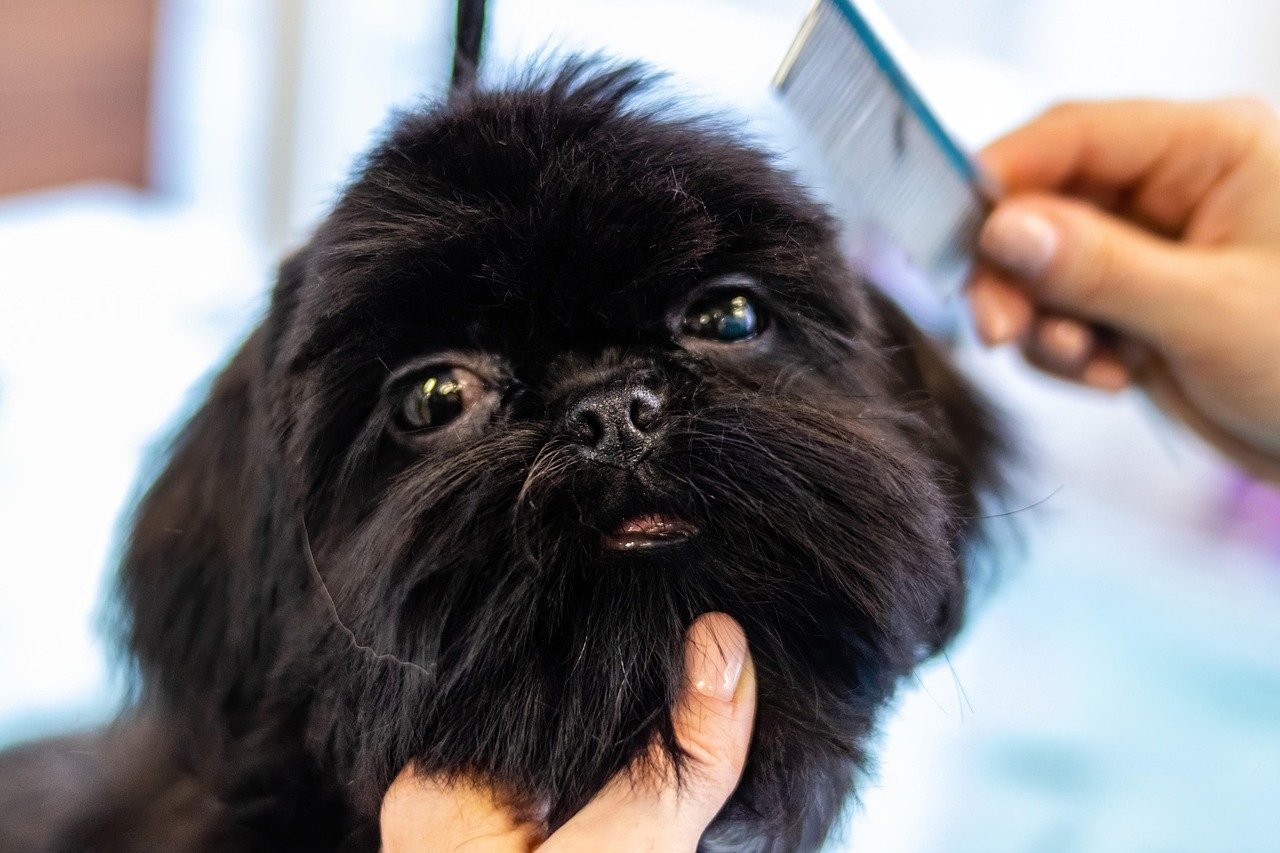
A chaotic environment can make grooming feel like a nightmare for anxious dogs. Try to pick a quiet, familiar room where your dog feels safe. Dim the lights if your pup is sensitive to brightness, and keep loud noises to a minimum. Soft music or a white noise machine can help mask sudden sounds that might startle your dog. Gather all your grooming tools beforehand so you’re not scrambling around and raising your own stress levels. Some people find that using aromatherapy, like a calming lavender spray (pet-safe, of course), can help set a soothing tone. Remember, your mood sets the stage—if you’re calm, your dog is more likely to be, too.
Desensitization: Making Grooming Less Scary
Desensitization is a powerful tool for helping dogs overcome grooming aggression. This technique is all about breaking the grooming process into tiny, non-threatening steps. Start by simply holding the brush near your dog without actually touching them. Reward calm behavior. Gradually, work up to touching the brush to their fur, then short strokes, and so on. Keep sessions short and upbeat, stopping before your dog shows any signs of stress. Over time, your dog learns that grooming isn’t a threat—it’s just another part of their routine. Patience is key here; celebrate every tiny victory along the way.
Counterconditioning: Changing Emotional Responses
Counterconditioning goes hand in hand with desensitization. The goal is to help your dog associate grooming with good things, instead of fear. Offer tasty treats, gentle praise, or a favorite toy during and after each positive grooming interaction. If your dog starts to show signs of anxiety, pause and return to an earlier, easier step. For example, if your dog panics when you touch their paws, reward them for simply letting you hold their paw without a tool. Over time, your dog’s brain makes a new connection: grooming equals rewards, not danger. This shift can be truly transformative.
Handling Sensitive Areas with Care
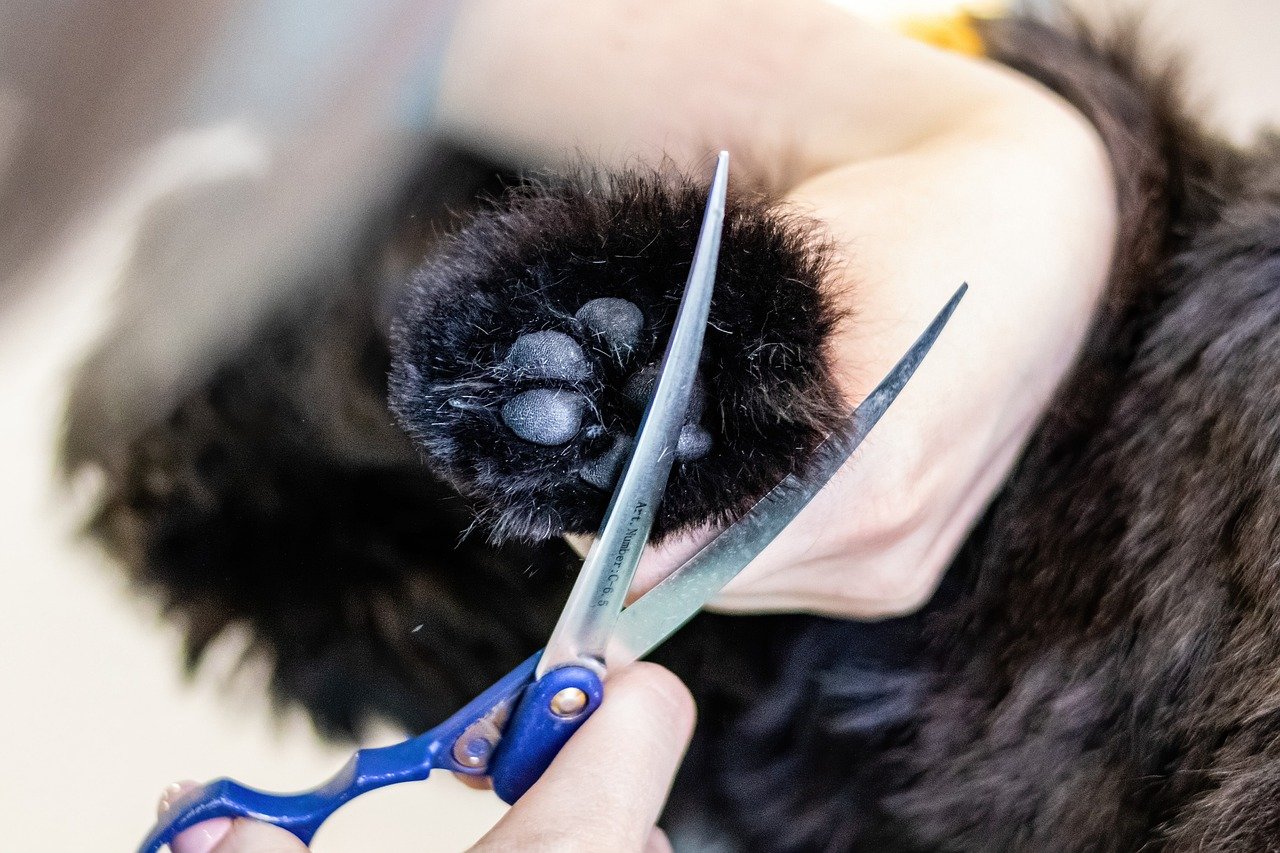
Many dogs are especially protective of certain body parts like their paws, ears, or tail. These areas might be linked to past trauma or just feel more vulnerable. When grooming sensitive spots, move slowly and use extra gentle techniques. Try using your hands to gently massage the area before bringing in any tools. If your dog flinches or pulls away, don’t force it—back off and try again later. Sometimes, breaking the process into even smaller steps can help. For example, just touching the paw for a second and then rewarding your dog is a great starting point. With time, your dog’s trust in you will grow.
Using the Right Tools for the Job
Not all grooming tools are created equal, and the wrong brush or clipper can turn a nervous dog into an aggressive one. Choose tools that are designed for your dog’s coat type and size. Look for brushes with soft bristles and clippers that are quiet and gentle. If your dog hates loud buzzing noises, there are silent trimmers available. For nail trims, try using nail grinders instead of clippers—they may be less startling. Test tools on yourself first to be sure they’re not too rough. Investing in good-quality, dog-friendly tools can make the experience more comfortable and less intimidating for your pet.
When to Call in a Professional
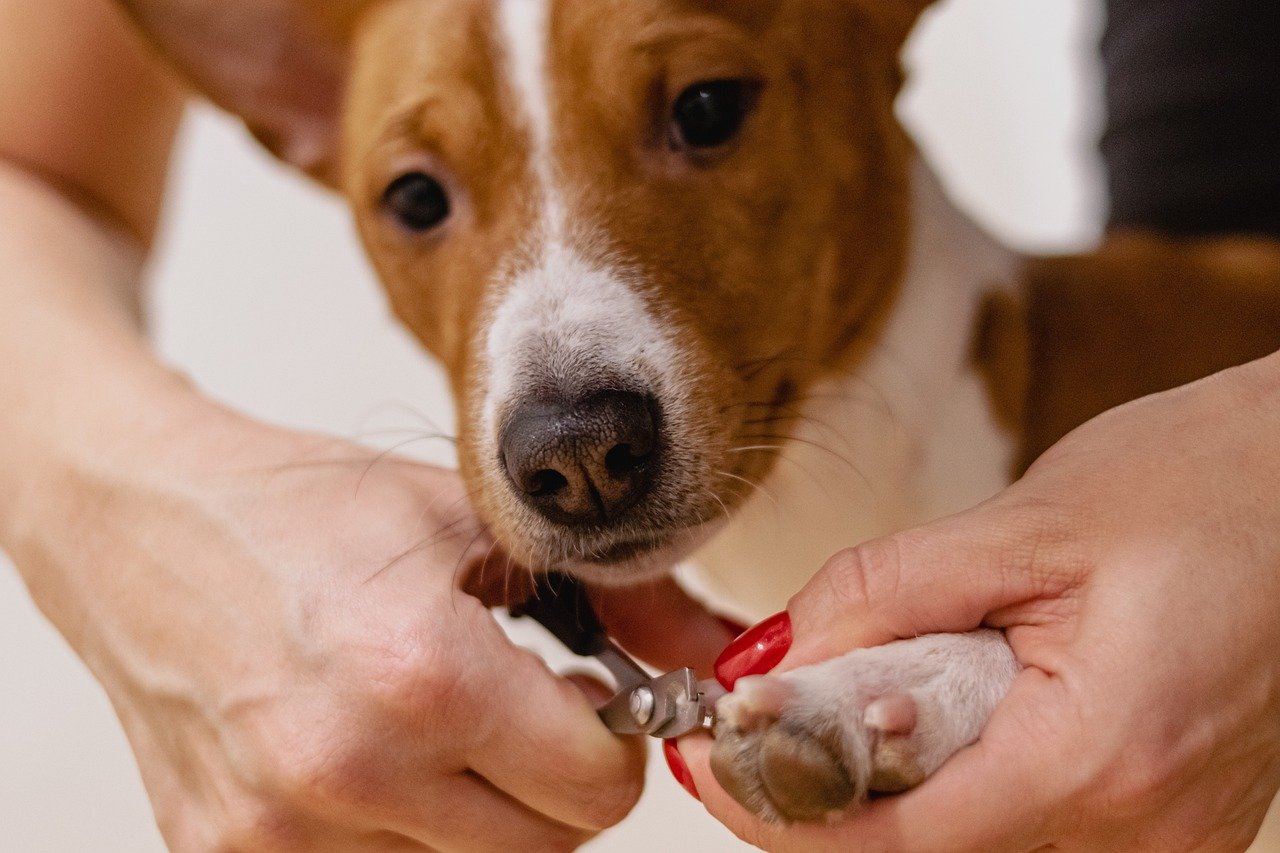
Sometimes, despite your best efforts, grooming aggression can be too much to handle alone. Professional groomers and trainers have specialized skills and equipment to manage challenging dogs safely. Don’t feel ashamed or like you’ve failed—seeking help is often the safest and kindest choice for both you and your dog. Many groomers are happy to work with anxious or aggressive dogs, and some even specialize in behavior modification. A professional can also spot medical issues that might be fueling your dog’s aggression. Remember, your dog’s well-being is what matters most.
Medical Issues That Can Fuel Aggression
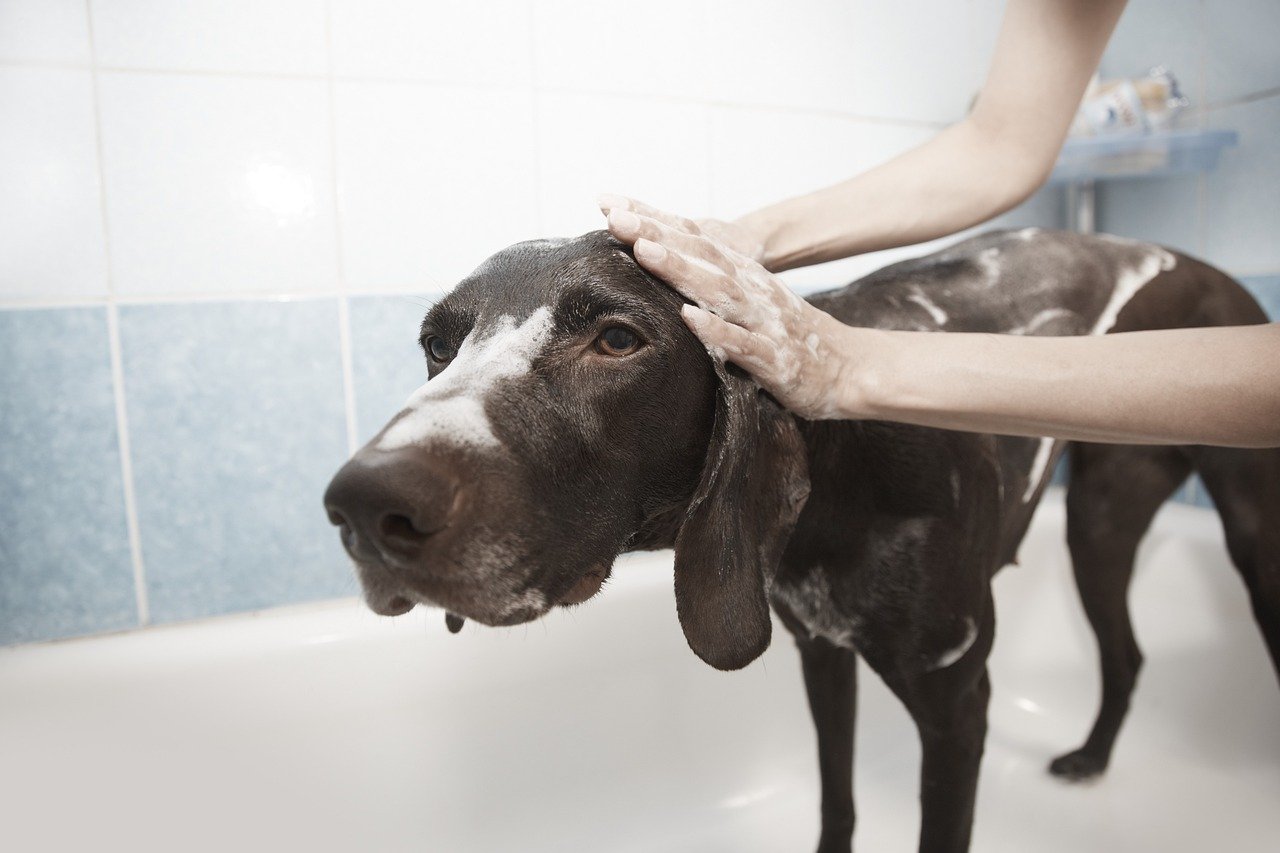
Before you label your dog as “just aggressive,” consider if there might be a medical reason behind their behavior. Dogs can become snappy or defensive if they’re in pain—think of arthritis, skin infections, ear problems, or even dental disease. Sometimes, even minor injuries or mats can make grooming a painful ordeal. If grooming aggression appears suddenly or worsens quickly, a visit to the vet is crucial. A thorough check-up can reveal hidden problems and help guide your strategy. Treating underlying pain or discomfort can turn a stressed-out dog into a much happier one.
Patience, Persistence, and Love: The Winning Formula

Dealing with grooming aggression is rarely a quick fix. It takes time, consistency, and a whole lot of love. Some days will be better than others, and setbacks are a normal part of the process. Celebrate every bit of progress, no matter how small. Remember, your dog isn’t being “bad”—they’re communicating the only way they know how. By staying patient and persistent, you’re building trust and deepening your bond. In the end, seeing your dog relax into your touch is one of the most rewarding feelings a pet owner can experience. Isn’t it amazing how far a little patience and understanding can go?
Jen is a passionate nature lover and ocean conservationist. She has dedicated her life to protecting the environment and preserving the beauty of the natural world. Growing up in a small coastal town, Jen sincerely appreciated the ocean and its inhabitants. She has spent countless hours exploring the shoreline, learning about the creatures that inhabit the waters, and advocating for their protection. Jen is an active member of ocean conservation organizations, and she is committed to educating the public about the importance of conserving wildlife and the natural environment.

